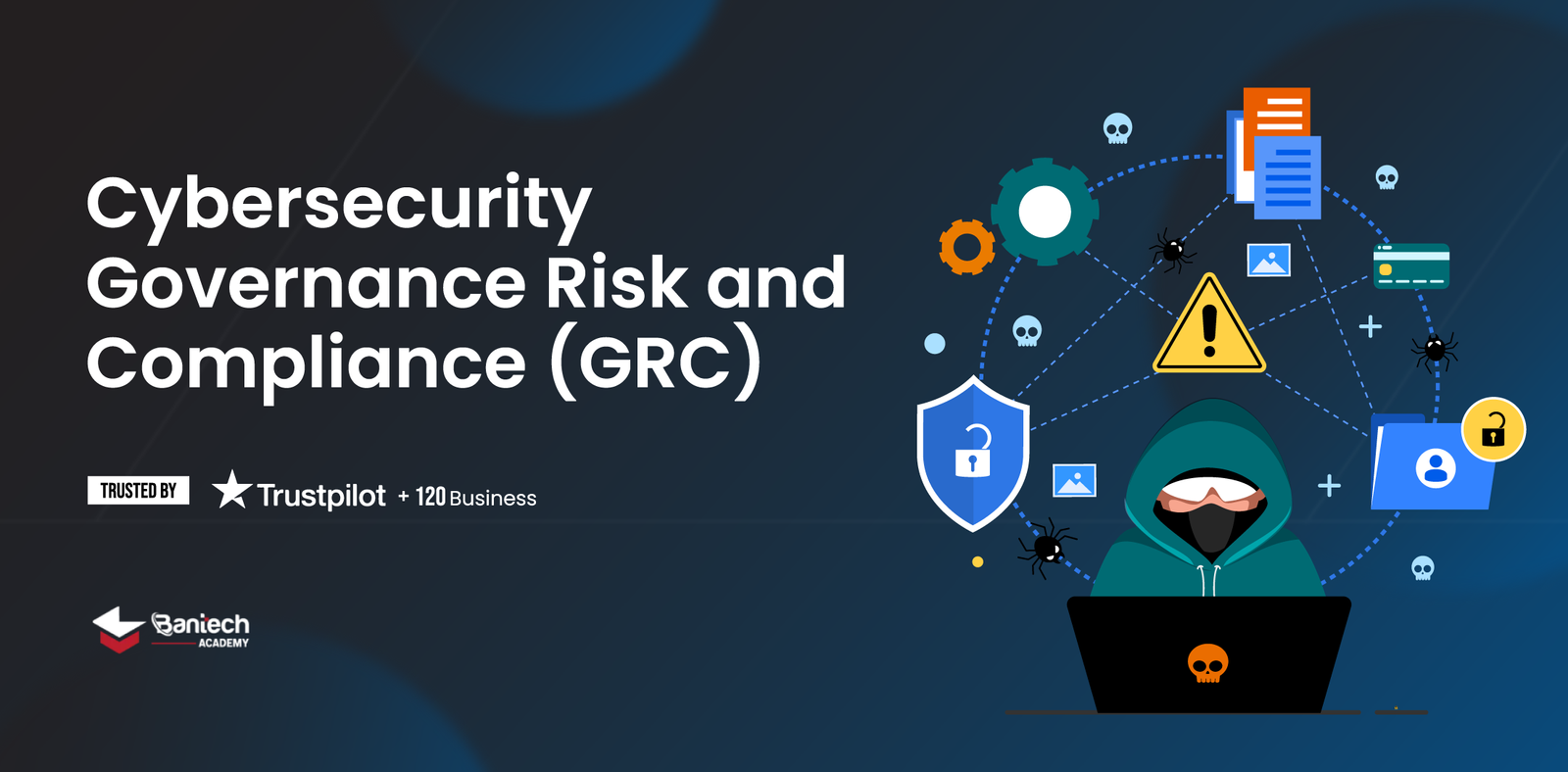Cybersecurity Governance Risk and Compliance (GRC)

About Course
Cybersecurity risk management protects information systems by identifying and mitigating risks through operations, testing, and strategic planning. Key roles include the Information System Security Officer (ISSO), who oversees system authorization, and the Security Controls Assessor, who audits security controls. The Risk Management Framework (RMF), developed by NIST under FISMA, is a seven-step process for securing federal systems, covering preparation, categorization, selection, implementation, assessment, authorization, and continuous monitoring. Security is guided by the CIA triad—Confidentiality, Integrity, and Availability—and reinforced through various security controls, including preventive, detective, corrective, deterrent, and compensating measures. Access control relies on identification, authentication, authorization, and accountability. Cyber threats exploit vulnerabilities, often due to missing patches or misconfigurations, making risk assessment and continuous monitoring critical. The CGRC certification reflects a broader focus on governance, risk, and compliance. By adhering to the NIST Risk Management Framework (RMF), government systems can maintain strong cybersecurity resilience.
Course Content
CGRC-1_ Intro & Expectatison
-
Cybersecurity Risk Management: An Introduction
19:59 -
Questions
-
Multiple choice
CGRC-2_ IT Fund. & Intro to InfoSec
CGRC-3 Intro to the RMF
CGRC-4_ Intro to the RMF Pt. 2
CGRC-5_ A Summary of the RMF Stages
GRC-6 RMF Stage 1 – Preparation
CGRC-7 RMF Stage 2
CGRC-8 RMF Stages 2 ‘Categorize’ Part 2
CGRC-9 Stages 2 ‘Categorization Hands-on Exercise
GRC-10 Stage 3 ‘Selection’ Pt. 1
CGRC-11 Stages 3 ‘Selection’ Pt. 2
GRC-12 Stages 3 ‘Selection Pt. 3’
CGRC-13 Stages 4 ‘Implementation
GRC-14 RMF Stage 5
GRC-15 RMF Stage 5 ‘Assessment’ Pt. 2
GRC-16 RMF Stage 5 ‘Assessment’ Pt. 3
GRC-17 RMF Stage 6 ‘Authorization’
GRC-18 RMF Stage 7 ‘Authorization’
Student Ratings & Reviews
